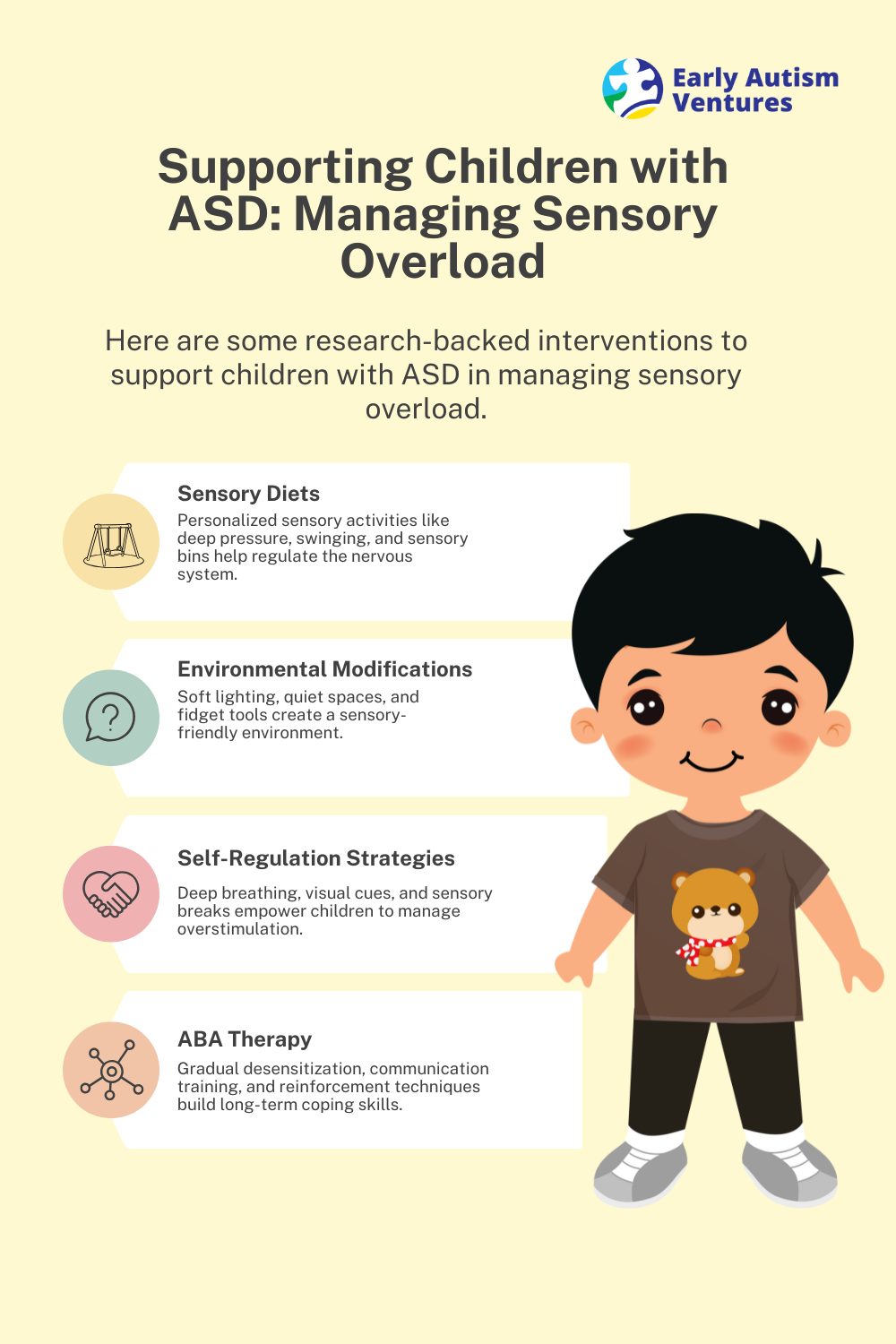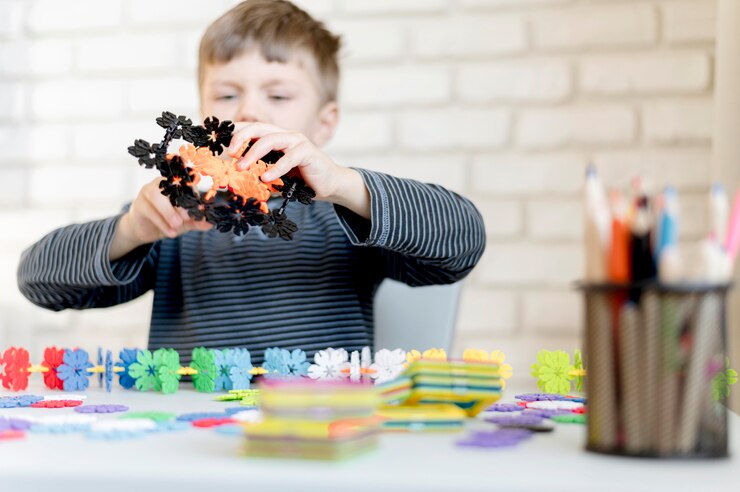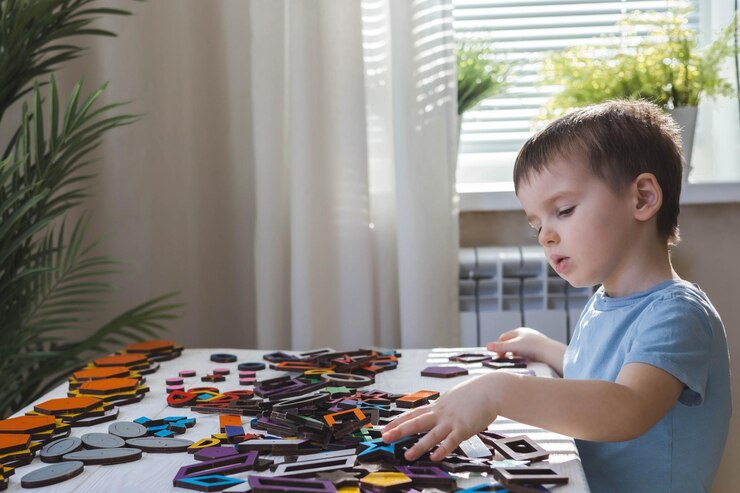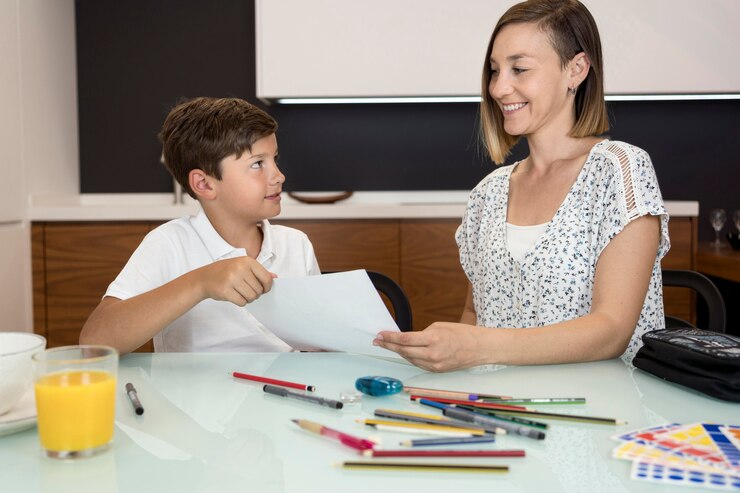
You know that moment when you’re standing in the cereal aisle, overwhelmed by 147 different breakfast options, and you just want something that will make your kid happy and healthy?
Welcome to choosing autism therapy. Except the stakes feel a lot higher, and there’s no colourful cartoon mascot to guide you.
But, take a deep breath. You’ve got this, and we’re here to help you navigate this journey with confidence, clarity, and maybe even a smile or two along the way.
Understanding Your Options: What is the Right Autism Therapy for My Child?
The world of autism therapies can sometimes feel like an alphabet soup – ABA, OT, SLP, DIR, TEACCH – but each approach serves a unique purpose in supporting your child’s development.
Recent research shows that 2024 brought important progress in autism research, with discoveries that deepen our understanding of autism and open new possibilities for improving care, giving parents more evidence-based options than ever before.
Applied Behavior Analysis (ABA): The Gold Standard
ABA therapy remains the most researched and widely recommended intervention for autism spectrum disorder.
Here’s why it’s making such a difference: studies have shown that ABA therapy has an over 89% success rate in treating autism spectrum disorder in children!
Even more encouraging, research indicates that about 50% of children who undergo ABA therapy before the age of 4 achieve significant improvements.
In fact, a comprehensive meta-analysis published in BMC Psychiatry found that comprehensive ABA-based interventions showed medium effects for intellectual functioning and adaptive behavior when compared to minimal or no treatment.
What does this mean for your family?
ABA can help your child develop crucial life skills, from communication to social interaction, in a structured, measurable way. Read more about our Autism ABA Therapy here.
Speech and Language Therapy: Finding Their Voice
Every parent dreams of hearing their child’s thoughts, jokes, and “I love you”s. Speech and language therapy helps children with autism develop communication skills, whether through spoken language, sign language, or assistive technology. This therapy addresses both expressive language (what your child says) and receptive language (what they understand).
Occupational Therapy: Mastering Daily Life
From tying shoes to tolerating different textures, occupational therapy helps children develop the fine motor skills and sensory processing abilities they need for daily activities. Think of it as life skills training that makes everything from getting dressed to participating in classroom activities more manageable.
Social Skills Training: Building Connections
Autism can make social interactions feel like trying to understand a foreign language without a translator. Social skills training provides that translation, teaching children how to read social cues, make friends, and navigate group settings.
What’s The Science Behind Early Intervention?
Here’s what every parent needs to know: timing matters.
Let’s take a deeper look:
-
Research Spotlight:
Research has found that children receiving 20-40 hours per week of early intensive behavioral intervention showed significantly greater improvements in IQ and adaptive functioning compared to those receiving lower-intensity services. The key takeaway? More intensive, earlier intervention leads to better long-term outcomes.
-
Case Study Evidence:
A longitudinal study following 60 children with autism over two years found that those who began comprehensive treatment before age 3 showed 67% greater improvement in cognitive abilities and 45% better social functioning compared to children who started treatment after age 5.
-
Navigating Treatment Intensity and Duration:
One size definitely doesn’t fit all when it comes to autism therapy. Surveys show that 36.5% of autism caregivers utilize ABA therapy, with a majority reporting positive results. However, the intensity and combination of therapies should be tailored to your child’s specific needs, age, and family circumstances.
Current research emphasizes personalized medicine, that is, finding the right treatment for the right person at the right time through targeted interventions. This means your child’s therapy plan should be as unique as they are.
Red Flags of Children’s Autism Therapy and Green Lights: What to Look For
Green Lights (Signs of Quality Therapy):
– Data-driven approach with regular progress monitoring
– Collaborative team that includes you as a partner
– Individualized goals based on your child’s specific needs
– Positive, encouraging environment
– Regular communication and updates
Red Flags (Warning Signs):
– One-size-fits-all approaches
– Lack of progress tracking
– Limited parent involvement
– Punitive methods or excessive focus on compliance
– Therapists who won’t answer your questions
What’s My Role in My Child’s Autism Therapy?
Remember that time you successfully negotiated a peaceful resolution to the great “socks vs. no socks” dilemma?
You’re already demonstrating the problem-solving skills that make you an essential part of your child’s therapy team!
Your observations, insights, and daily interactions with your child provide invaluable information that shapes effective treatment planning. The best therapy programs recognize parents as partners, not passive recipients of services.
2024’s autism therapy advancements include innovative ABA methods, AI-augmented AAC tools, and transformative ASD support techniques. From apps that help with social skills practice to virtual reality environments for safe skill building, technology is creating new possibilities for learning and growth.
Building Your Support Network
Parenting a child with autism can feel isolating, but you’re part of a community of millions of families navigating similar journeys. Connect with local support groups, online communities, and other parents who understand both the challenges and joys of raising a child with autism.
A recent study found that parents who participated in support groups reported 40% less stress and felt more confident in their advocacy skills compared to those who didn’t engage with peer support networks.
How Early Autism Ventures Can Help Your Child Thrive
At Early Autism Ventures (EAV), we understand that choosing the right therapy feels like one of the most important decisions you’ll make for your child – because it is. Our team of experienced professionals specializes in evidence-based interventions, particularly ABA therapy, designed to help your child in more ways than you thought was possible.
We believe in personalized treatment plans that honor your child’s unique strengths while addressing their specific challenges. Our collaborative approach ensures you’re always part of the decision-making process, and our data-driven methods mean you’ll see measurable progress every step of the way.
From comprehensive assessments to ongoing family support, EAV provides the expertise and compassion your family deserves.
So, don’t let another week pass, wondering, “What if?”
Contact Early Autism Ventures today for a comprehensive consultation. Call us now at +91 89291 53820 or schedule a FREE consultation. Your child’s breakthrough is waiting, and it starts with your call today.
Remember, you’re choosing a partner in your child’s success story, not just a therapy provider. Let’s write that story together.
















 Creating and maintaining consistency in a child’s environment is one of the best ways to
Creating and maintaining consistency in a child’s environment is one of the best ways to 


Recent Comments